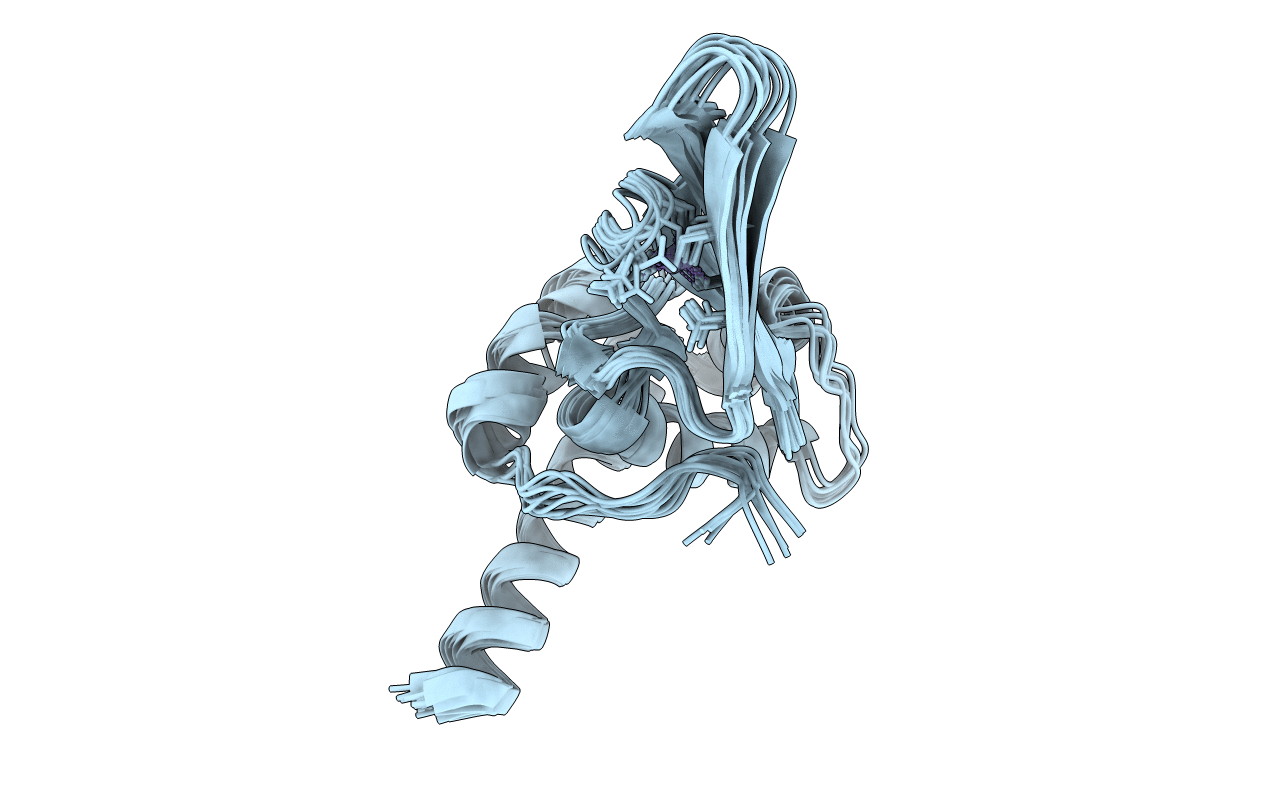
Deposition Date
2007-09-24
Release Date
2008-05-13
Last Version Date
2024-05-01
Method Details:
Experimental Method:
Conformers Calculated:
100
Conformers Submitted:
10
Selection Criteria:
structures with the least restraint violations


